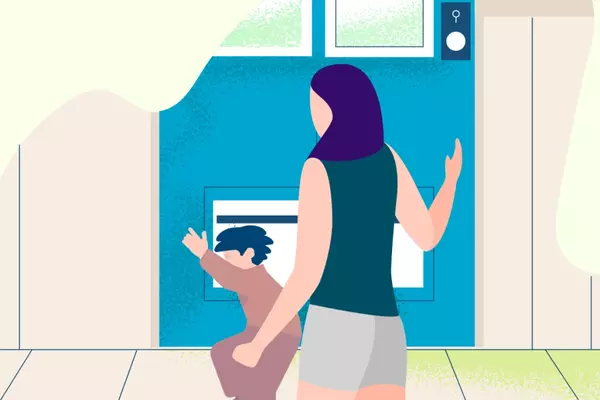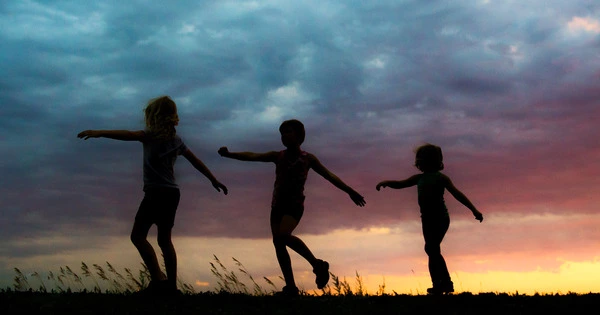According to University of Michigan studies, when parents use spanking as a behavior deterrent, their children are more likely to become victims of physical abuse. Corporal punishment is the bodily application of pain in response to unacceptable behavior. Corporal punishment can range from slapping a child’s hand as it approaches a hot stove to more serious forms of child abuse such as beatings, scalding, and burns. Because of the disparity in intensity and manner of punishment, its use as a disciplinary tool is contentious.
A recent University of Michigan study studied the relationship between spanking and physical abuse in 56 low- and middle-income nations, as well as the amount to which physical abuse may be decreased if spanking were abolished. For the purposes of this worldwide study, spanking was defined as an open-handed strike on the child’s buttocks, rather than with an object such as a belt or stick. When the parents beat up their child or strike him or her in the head or face, the scenario becomes “physically abusive.”
Spanking is no more effective as a long-term strategy than other techniques, and relying on spanking as a disciplinary strategy reduces the effectiveness of other disciplinary strategies. Time-out and positive reinforcement of other behavior are more difficult to implement and take longer to work when spanking has previously been a primary method of discipline.
According to the data, spanking was related with a higher risk of physical abuse. In a hypothetical sample of 100 youngsters, around 32 were spanked. Seven of the 32 children said they had been physically abused. According to the findings, eliminating spanking would result in four fewer children being subjected to physical abuse.
What form of physical punishment parents can inflict on their children varies according to international law and culture. According to Julie Ma, the study’s lead author and associate professor of social work at the University of Michigan-Flint, law enforcement would normally not interfere in spanking instances, but it might in physical abuse cases where the child is at more risk of injury.
Researchers analyzed data from the UNICEF Multiple Indicator Cluster Surveys, which included more than 156,000 children aged 1-4. The sample size ranged from 109 children in the Caribbean island of St. Lucia to 13,077 youngsters in Nigeria.
According to the data, spanking was related with a higher risk of physical abuse. In a hypothetical sample of 100 youngsters, around 32 were spanked. Seven of the 32 children said they had been physically abused. According to the findings, eliminating spanking would result in four fewer children being subjected to physical abuse.

When children who were spanked (22 percent) were compared to those who were not, the likelihood of physical abuse fell by 14 percent (8 percent ). More organizations are calling for the abolition of all forms of violence against children, but the new findings suggest that child welfare advocates should continue to prevent parents and caregivers from employing spanking, which would also reduce physical abuse, according to the researchers.
Despite significant concern about the negative effects of physical punishment and its potential for escalation into abuse, spanking remains one of the most commonly used strategies to reduce undesirable behavior, with more than 90 percent of American families reporting having used spanking as a form of discipline at some point. Spanking, as discussed here, refers to striking a child with an open hand on the buttocks or extremities with the intention of modifying behavior without causing physical injury.
Other forms of physical punishment are unacceptable and may be harmful to the child’s health and well-being, such as striking a child with an object, striking a child on a part of the body other than the buttocks or extremities, striking a child with such intensity that marks last more than a few minutes, pulling a child’s hair, jerking a child by the arm, shaking a child, and physical punishment delivered in anger with the intent to cause pain.
Ma worked on the project with the following U-M Ann Arbor colleagues: Andrew Grogan-Kaylor, professor of social work; Garrett Pace, doctorate student in sociology/social work; Kaitlin Ward, doctoral student in social work/psychology; and Shawna Lee, associate professor of social work.
















